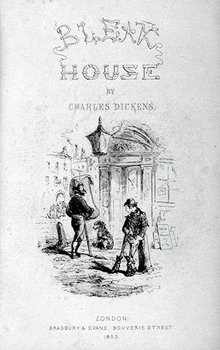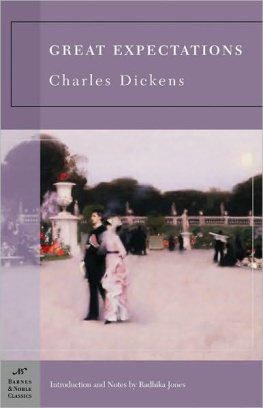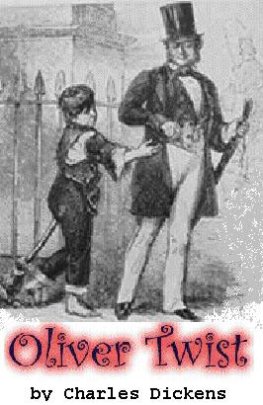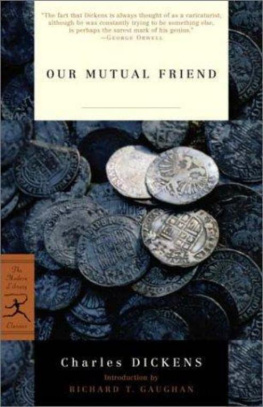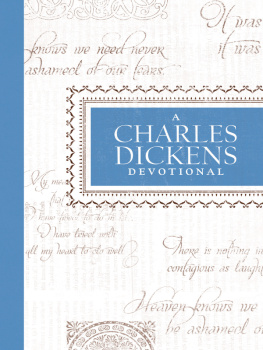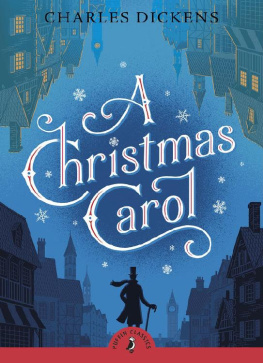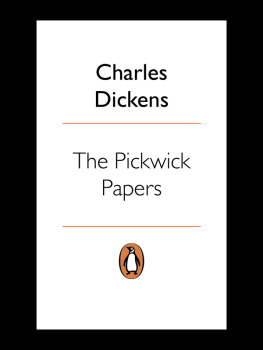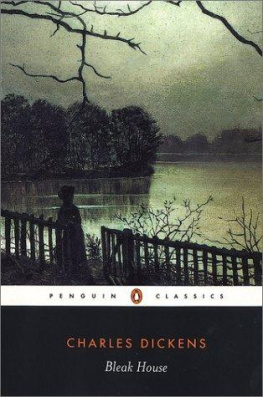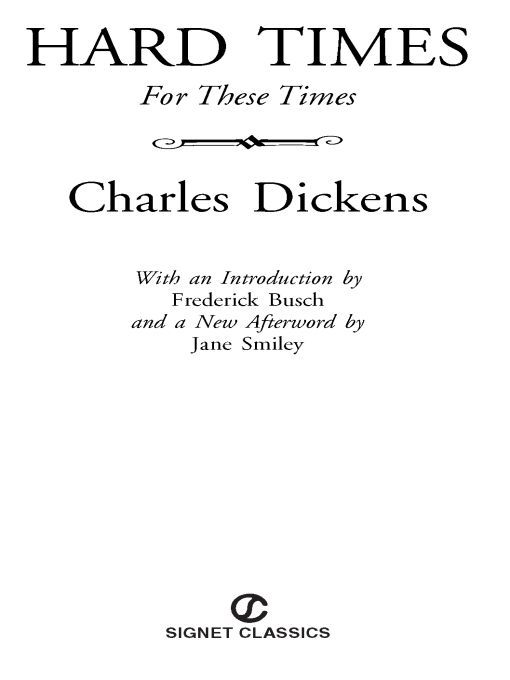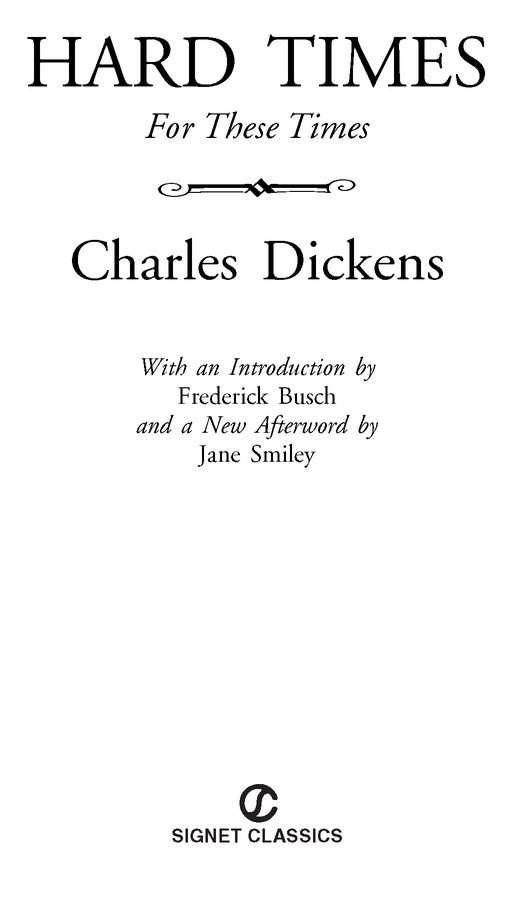Table of Contents
As a child, Charles Dickens (1812-70) came to know not only hunger and privation, but also the horror of the infamous debtors prison and the evils of child labor. A surprise legacy brought release from the nightmare of prison and slave factories and afforded Dickens the opportunity of two years formal schooling. He taught himself shorthand and worked as a parliamentary reporter until his writing career took off with the publication of Sketches by Boz (1836) and The Pickwick Papers (1837). As a novelist and magazine editor, Dickens had a long run of serialized success through Our Mutual Friend (1864-65). In later years, ill health slowed him down, but he continued his popular dramatic readings from his fiction to an adoring public, which included Queen Victoria. At his death, The Mystery of Edwin Drood remained unfinished.
Frederick Busch was the author of eighteen works of fiction, including Closing Arguments, Girls, and The Mutual Friend, a novel about Charles Dickens. The winner of numerous awards, he was the Fairchild Professor of Literature at Colgate University.
Jane Smiley is an American novelist. In addition to her many novels (including Ten Days in the Hills, Horse Heaven, and A Thousand Acres), she wrote a short biography of Charles Dickens for the Penguin Lives series (2001).
Introduction
MUDDLE
Charles Dickens tenth novel, Hard Times: For These Times, was the first of his own books to be serialized in Household Words, the magazine he edited for his publishers, Bradbury and Evans. It is about a culture in which everything is for sale, especially human beings, who in the novel are enslaved by others for the sake of profit or career. The actual lives of men and women are sacrificed by others on the altar of their own need, and many of this novels characters are castaways. Nothing, at last, is of value to the villains of the novelthey are the manufacturers, the government, the spouses or the blood relations of their victimsexcept their own advantage. Dickens writes, then, of a world of social Darwinism and domestic breakdown in which those with power devour those with less or none. While comedic elements are threaded through the fabric of the novel, it is woven mostly of disapproval, disappointment, and dismay.
Though Dickens separation from his wife, Kate, and his liaison with Ellen Ternan, a young actress, took place years after this books writing, it is customary for students of Dickens to assume that he was domestically unhappy at the time of the novels composition, the spring and summer of 1854. Furthermore, his social criticism was continuous with his being a writer. He had always frowned at his ages willingness to convert human misery into profits of one kind or another, as we see in his earliest journalism, collected in 1836 as Sketches by Boz. There, he describes an impoverished neighborhood, showing us milliners apprentices as poor girls!the hardest worked, the worst paid, and too often, the worst used class of the community. And there, he describes a penniless mother and her infant: The tears fall thick and fast down her own pale face; the child is cold and hungry, and its low half-stifled wailing adds to the misery of its wretched mother, as she moans aloud, and sinks despairingly down, on a cold damp doorstep.
It is worth our noting that the unfortunate girls and mother are represented genericallywe study them as types. Anger, and the demands of newspaper space, reduce them while distinguishing them for Dickens reader. They matter, and yet they are nameless representatives who demonstrate a problem but whom, in Dickens prose, we cannot know. The best of intentions diminish people Dickens would elevate.
It is Dickens anger in Hard Times that George Bernard Shaw praises, instructing readers to
bid adieu now to the light-hearted and only occasionally indignant Dickens of the earlier books... now that the occasional indignation has spread and deepened into a passionate revolt against the whole industrial order of the modern world.
The modern world of which Shaw speaks is represented by a triumphant industrial, colonialist England portrayed in the novel. It is a culture more and more consecrated to profits, a nation more and more divided into the land of the rich and the land of the poor. Hard times are not merely difficult days; they are the time when the national hymn is mathematics, and we can see how Dickens refused to sing that song. As he prepared to write his novel in weekly installments, he thought of titling the book Prove It, as well as Stubborn Things, and Two and Two Are Four, A Mere Question of Figures, Something Tangible, A Matter of Calculation, and Rust and Dust; Hard Times was sixth on his list. These times of which Dickens writes, as they oppress workers by adhering to the cold utilitarianism of Bentham and Malthus; as they educate (and only a few, at that) for the sake of the acquisition of meaningless facts and lockstep thinking; as they forbid divorce, chaining together miserable husbands and wivesthe essential thematic concerns of the novelthese times are hard and heavy enough to crush the individual beneath their weight.
As illustration, Dickens compares the stiff, self-satisfied rectitude and pompous immensity of the times to the lightness, gaiety, happy skills, and life-affirming play of the circus. Like a Fellini one hundred years before Federico Fellinis films about clowns, Dickens from time to time cuts or dissolves to Sissy Jupe or Slearys circus troupe of daredevil horseback riders, counterposing them against characters who represent aspects of the ages factitious, mind-numbing materialism: Mr. Bounderby, bully, liar, and industrial magnate, the fraudulent worst of the upwardly mobile middle class; Mr. Gradgrind, member of Parliament for northern industrial Coketown, a Utilitarian and a model of misguided fatherhood, two of whose children are named Malthus and Adam Smith after the grim economists; Mr. McChoakumchild, Coketowns master of the school run by Gradgrind. The battle is between the life of the imagination and the false mercantile values of these hard-hearted men.
The novel opens as Mr. Gradgrind tests the students. Sissy, who loves, lives with, knows horses, cannot define one to Gradgrinds or McChoakumchilds satisfaction. As the painter Dante Gabriel Rossetti might not have recited a fact-laden definition of color, Sissy is thrown into the greatest alarm by her test. Bitzer, a student reminiscent of David Copperfields Uriah Heep, then gives the preferred reply, in which language does not communicate so much as, vanlike, carry freight: Quad ruped. Graminivorous. Forty teeth.... Sheds coat in the spring.... Age known by marks in mouth. We hear everything but the horseness of the creature. Imagination and affection are omitted, and the arithmetic of existence rides high in the saddle.
The particularly allegorical names of these characters, and their self-satirizing speech, the manner in which their every aspect consists of eccentricity galvanized by wickedness or errant thinking, suggest that even as Dickens angry realism informs the novel (and we will see that it does), the effort here is to create a kind of tutelary fairy talea small, exaggerated lesson instead of a long journey through space and time (that includes fabulous moments resembling the whole of



